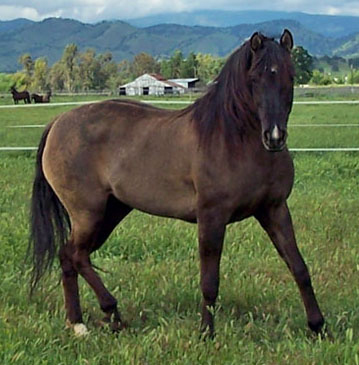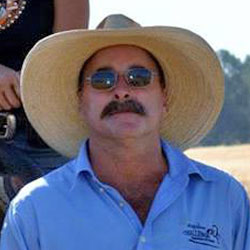Horse Pastures, Sugar Levels in Spring and Fall grasses. This is a subject horse owners should be familiar with. It has been said “Your cheapest feed is right under your horse’s hooves.” Grass is approximately 85% water, which helps your horse stay hydrated. Grass is high in protein and has large amounts of Vitamin E and Magnesium. Studies show that horses eat faster in the Spring. They will eat more per day in pounds of grass than in the summer. Sugar levels of Spring grasses are higher than in any time of the year EXCEPT in early Fall “frost grass”, which tastes better due to its sweetness.

Certain breeds will put their head down and not pick it up until Summer when on Spring grass. Some of the easy keeper horses, if on Spring grass too long, will get laminitis or founder. Other breeds can be on pasture 24/7 and never miss a step.
For those of you that have horses that are overweight, insulin resistant, or Cushing’s, you are probably very familiar with keeping them off of grasses in the Spring. The non-structural carbohydrate (NSC) content is too high for free-choice grazing to be safe, which increases the risk for laminitis and founder. Many people think their horses are safe once Spring is over. It is true that Summer is safer, but when Fall temps get down below 40 degrees for the most of the night, the dangerous carbohydrates once again increase.
Grass accumulates NSC (sugars and starch) as it is exposed to sunlight and levels reach a peak in the late afternoon. During the dark hours of the night, the grass uses this fuel for itself, so by morning the levels are at their lowest. Because cold nights prevent grass from using as much NSC,
the results are a higher NSC concentration during the day.
Many people are lulled into a false sense of security by the golden grass in the late Fall. If you go out and examine it, you may find green at the base, which is high in sugar and starch. If it hasn’t rained in a while, your grass will look dried out, but be mindful, dry grass can actually have a higher NSC percentage than long, lush green grass.
Some Helpful Solutions:
- Slow introduction to pasture. For horses with a laminitis history, 15 minutes a day for a week, then 30 minutes a day for week, increasing each week until 4 hours a day is reached. For horses not prone to laminitis, 30 minutes a day for a week, 60 minutes a day for a week, etc… At 4 hours a day if needed, test Insulin numbers to see if they’re holding in the normal range.
- Grazing Muzzles – studies show intake decreases by 50%, which means a lower intake of carbohydrate = less Insulin surging and less hind gut problems.
- Feed hay prior to turnout. Continual hay lowers Insulin, protects hooves.
- Turn horses out in the early morning (5:00-8:00 am) in the gradual steps when sugar levels in grass are lowest. Avoid afternoon turnout when sunlight raises carbohydrates in the grass.
- Daily exercise! Exercise lowers Insulin levels and increases circulation, this is a must!
- Keep pastures mowed to 6-8 inches which keeps weeds down and keeps sugar levels in grass lower.
- Turn horses out at night. Night turnout allows your horse more time in the pasture. Night has lower sugars in the grass than in the afternoon.
- Change pastures if grass being eaten is lower than 4 inches. Shorter grass has more sugars.
- In the Spring, do not turn out onto new “little nibblet” grass. It’s sugar content is high.
- Consider additional prebiotics during Spring to support the hindgut.
- Always provide fresh water. Water moves food through the gut quicker, which helps in Insulin control.
- Weedy pastures are a problem. Weeds concentrate iron from the soil in much greater quantities than grass. If eaten, these weeds can create iron surging in the horse, leading to elevated Insulin. Some types of weeds are very high in sugar, which, when eaten, can also lead to Insulin surging.
- In situations such as drought, excessive heat, or an overnight freeze, grasses will not have converted the sugar they synthesize during the day into fiber for growth overnight, and remain relatively high in sugar in the morning. Understanding this can help horse owners make decisions based on the weather.
- Grasses may not grow in a drought, yet the sun still beats down on them and they still accumulate sugar. The short grass in a pasture that didn’t get watered (and didn’t grow much) will be full of sugar. Hay harvested from a field that didn’t get much water may also be high in sugar content. The sugar keeps accumulating because the grass can’t use it up.”
Understanding how grass grows, and how sugars are used and available in grass can help you better manage your overweight, easy keeper and at-risk horses. High sugars in grass and hay can be dangerous for horses prone to certain problems, so keep an eye on the weather, grass growth, and the weight of the horse. If after all these precautions your horse does suffer from laminitis or founder, consider helping the recovery of your horse with Laminae 911 herbal support.


